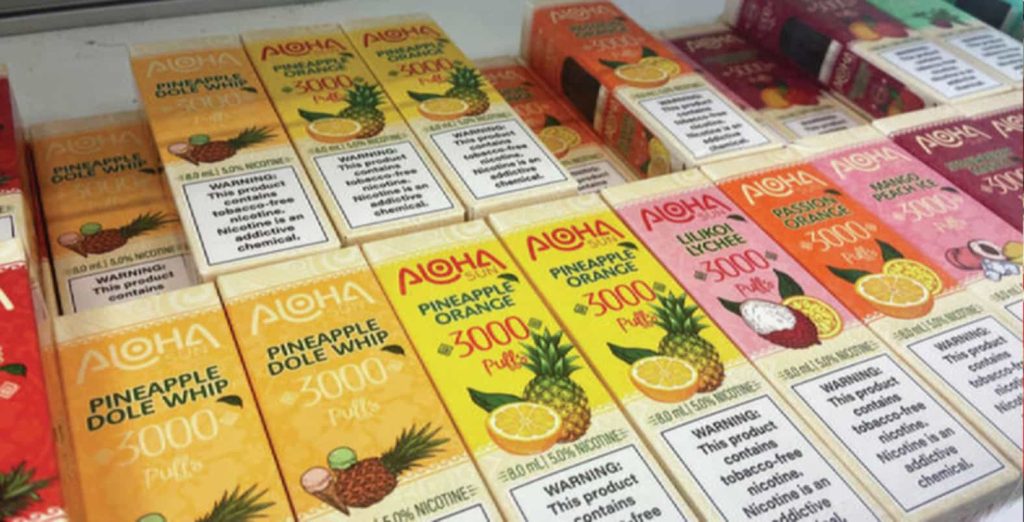
The tobacco industry in Hawaii is a fascinating topic, steeped in history and cultural significance. Despite being known for its pristine beaches and lush landscapes, Hawaii has a lesser-known side tied to the cultivation and trade of tobacco. This industry has played a pivotal role in the state’s economic development, shaping its journey from a remote island paradise to a thriving economic hub. As we delve into this intriguing subject, we’ll uncover the unique aspects of Hawaii’s tobacco industry, exploring its past, understanding its present, and speculating on its future. Join us as we unravel the captivating narrative of tobacco in Hawaii, a tale that’s as rich and complex as the leaves it revolves around.
The Boom Years
The 20th century saw a significant boom in Hawaii’s tobacco industry. The demand for Hawaiian tobacco soared, both domestically and internationally. This period marked the golden age of tobacco in Hawaii, with the industry reaching unprecedented heights of success.
Job Creation
The tobacco industry has been a significant employer in Hawaii. From farming to processing and retail, the industry has created numerous jobs for the local population, contributing significantly to the state’s employment rate.
Revenue Generation
Tobacco has also been a major revenue generator for Hawaii. The taxes levied on tobacco products have contributed significantly to the state’s coffers, funding various public services and infrastructure projects.
Tobacco in Hawaiian Traditions
Tobacco has played a significant role in Hawaiian culture and traditions. It has been used in various ceremonies and rituals, signifying its importance in the local culture.
The Social Impact of Tobacco
Beyond its economic impact, tobacco has also had a profound social impact in Hawaii. It has influenced social norms and behaviors, shaping the way people interact and socialize.
Current State of the Industry
Today, the tobacco industry in Hawaii is a complex and dynamic entity. It continues to contribute to the state’s economy, albeit amidst increasing challenges and competition.
Future Prospects
Despite these challenges, the future of Hawaii’s tobacco industry remains promising. With the right strategies and innovations, the industry can continue to thrive and contribute to Hawaii’s economic development.
Regulatory Hurdles
Like any industry, the tobacco sector in Hawaii faces its share of regulatory challenges. These include stringent regulations on tobacco production and sales, which can impact the industry’s growth and profitability.
Market Competition
The tobacco industry in Hawaii also faces intense competition, both from local and international players. This competition can put pressure on local producers, affecting their market share and profitability.
what is the history of tobacco use in hawaii
The history of tobacco use in Hawaii is marked by various stages of growth, regulation, and shifts in consumer behavior.
Tobacco cultivation in Hawaii dates back to the 19th century, with the industry experiencing significant growth and development over the years. The Kona region, in particular, had a flourishing tobacco industry in the early 20th century, but it faced a decline due to a disastrous fire in 1912 and the advent of World War I.
In terms of consumption, different forms of tobacco have been used in Hawaii, including cigarettes, cigars, smokeless tobacco, and pipes. However, cigarettes have remained the most widely used form of tobacco. The use of other forms of tobacco, such as smokeless tobacco and cigars, decreased from 2001 to 2006 .
Hawaii has also been innovative in its tobacco legislation. In 2016, it became the first state in the nation to raise the legal age of purchasing tobacco to 21. Furthermore, by 2004, over 80% of Hawaii’s workplaces were smoke-free, and smoking was prohibited in virtually all restaurants.
In recent years, there has been a shift in tobacco use patterns in Hawaii, with a decrease in cigarette smoking rates and an increase in the use of electronic vapor products. As of 2020, 11.6% of adults in Hawaii smoked cigarettes, and 7.1% of adults used e-cigarettes .
Despite the challenges and changes in the industry, tobacco continues to contribute significantly to Hawaii’s economy. In 2021, the state received an estimated $152.4 million in revenue from tobacco settlement payments and taxes.
what are the most popular tobacco products in hawaii
The most popular tobacco products in Hawaii include cigarettes, e-cigarettes, and cigars.
Cigarettes remain the most widely used form of tobacco in Hawaii. However, there has been a shift in tobacco use patterns in recent years, with a decrease in cigarette smoking rates and an increase in the use of electronic vapor products. As of 2020, 11.6% of adults in Hawaii smoked cigarettes.
E-cigarettes have also gained popularity in Hawaii. In 2018, 7.1% of adults in Hawaii used e-cigarettes . Among high school students, the use of electronic vapor products was even higher, with 30.6% of students reporting use in 2019.
Cigars are another popular tobacco product in Hawaii. Among high school students, 5.7% reported smoking cigars. However, the use of cigars is significantly lower among adults, with only 3.2% reporting smoking cigars everyday or on some days in 2006.
Menthol cigarettes, specifically Kools, are preferred by many smokers in Hawaii, particularly among Native Hawaiians.
Hookah use is also becoming more popular, particularly among certain subgroups. For instance, current hookah use rates were several times higher for Korean (14.6%), Native Hawaiian/Pacific Islander (7.3%), and Vietnamese (5.8%) subgroups than for the non-Asian American/Native Hawaiian/Pacific Islander population (1.4%).
Conclusion
Thetobacco industry in Hawaii is a fascinating subject, rich in history and cultural significance. Despite the challenges it faces, the industry continues to play a vital role in Hawaii’s economy and society. As we look to the future, it’s clear that the story of tobacco in Hawaii is far from over.